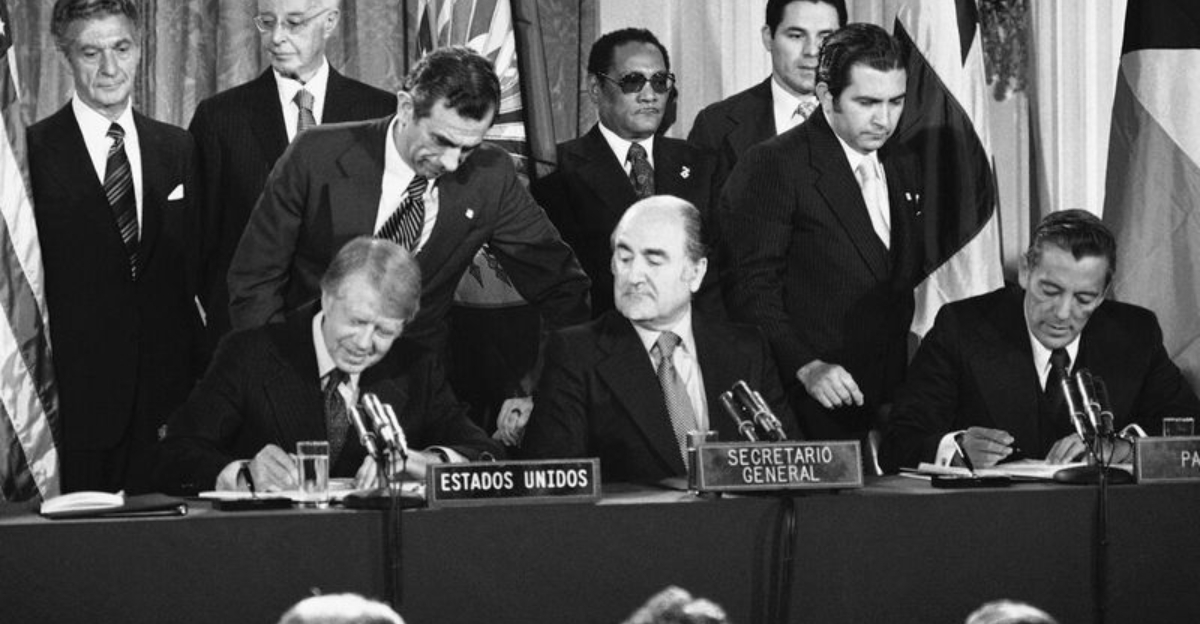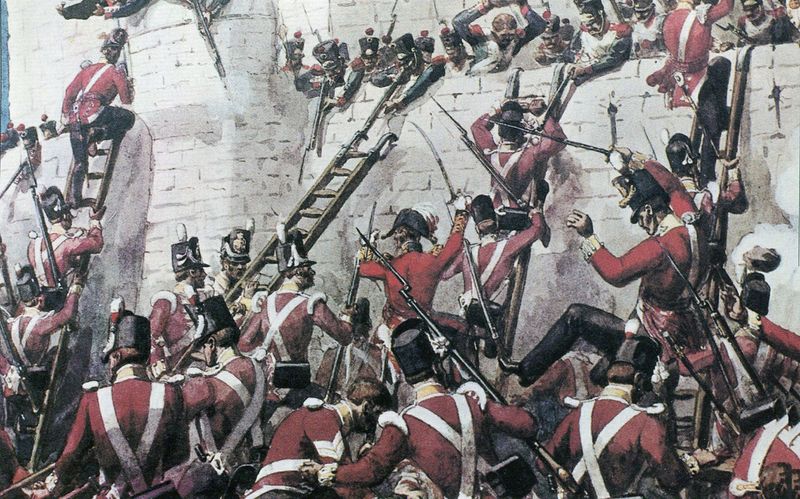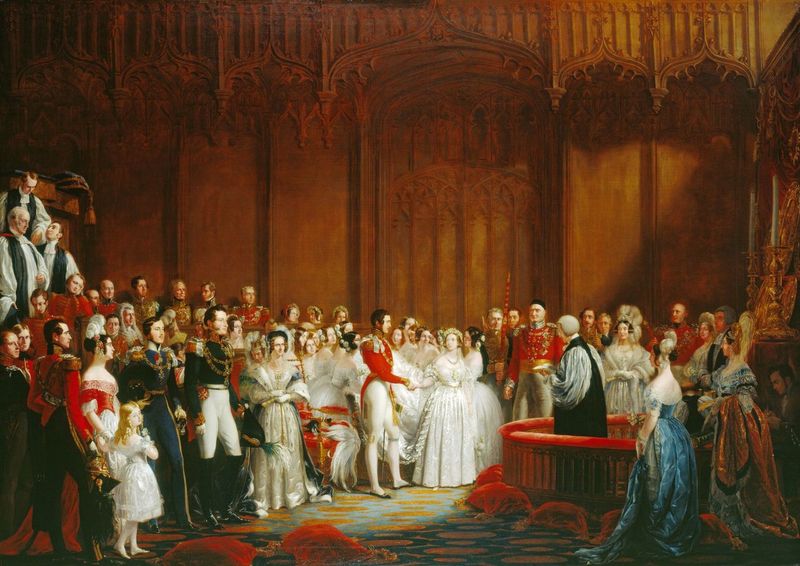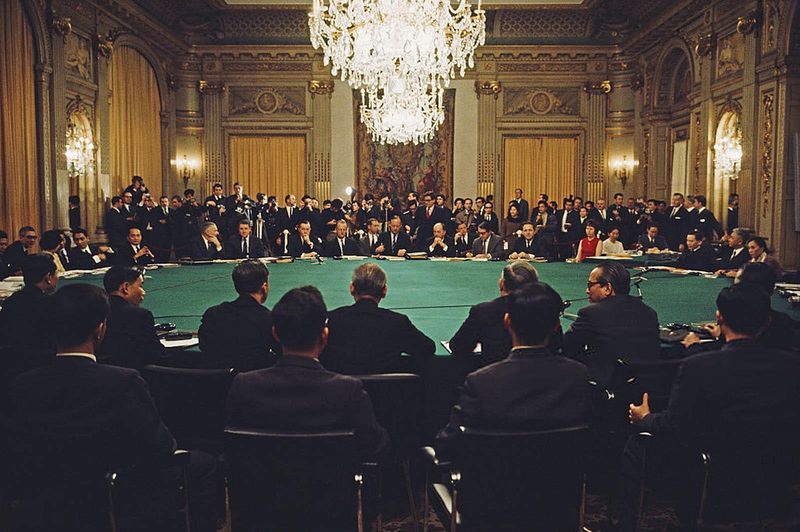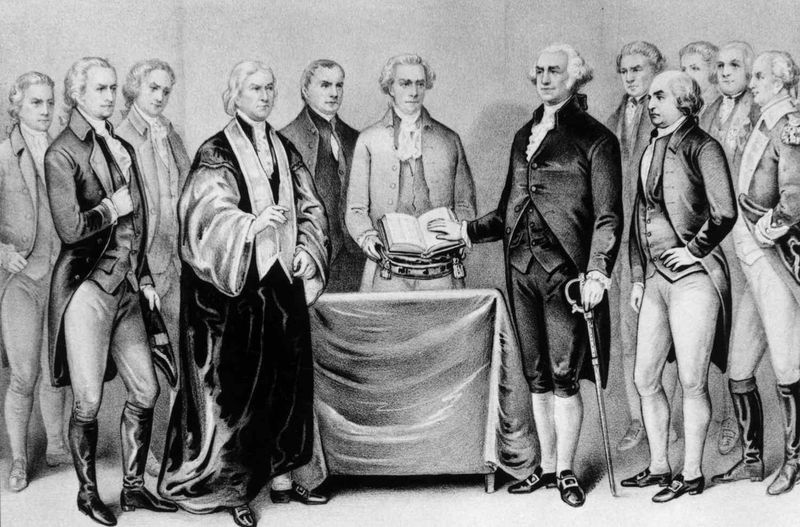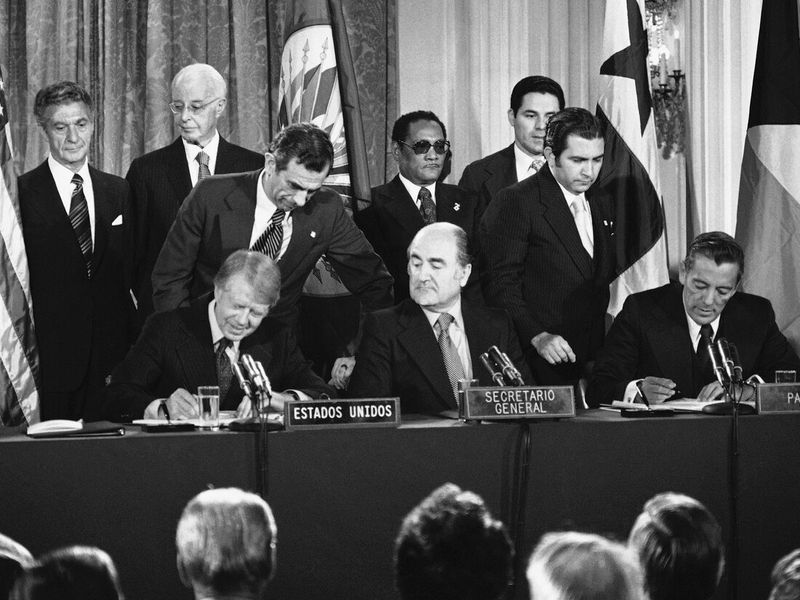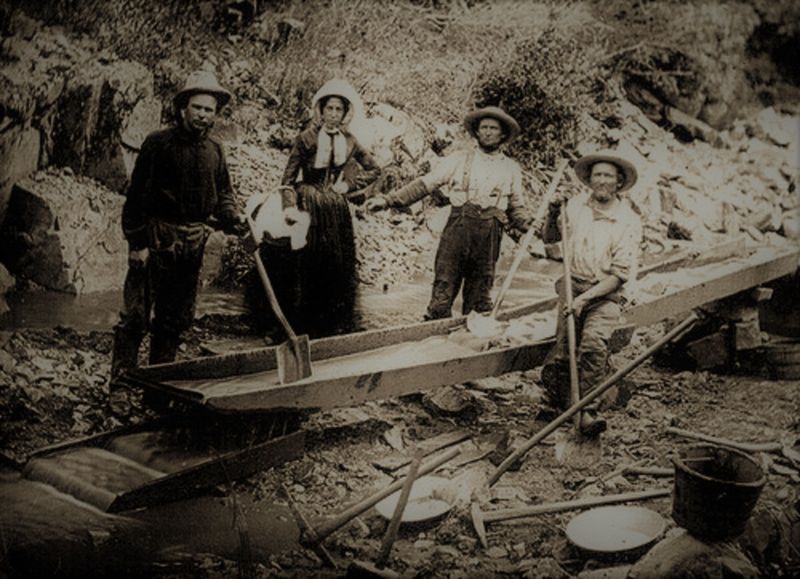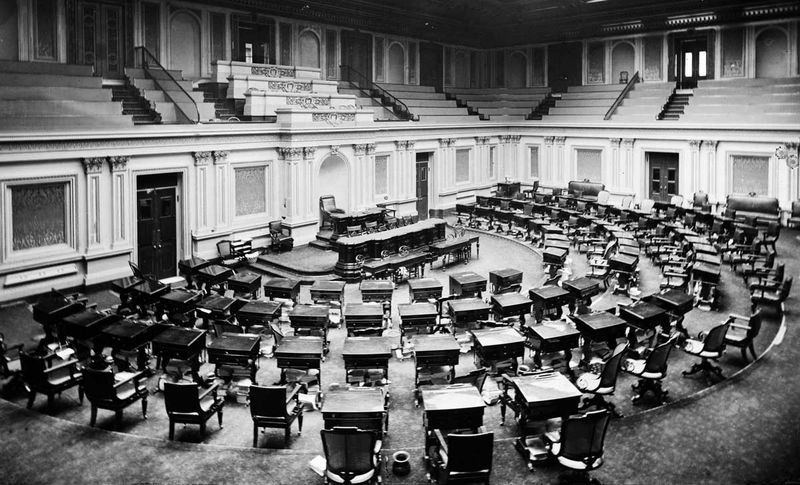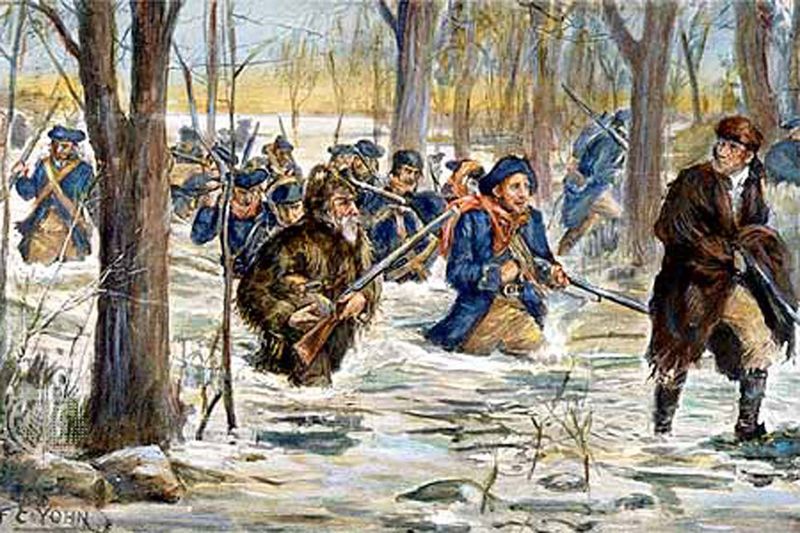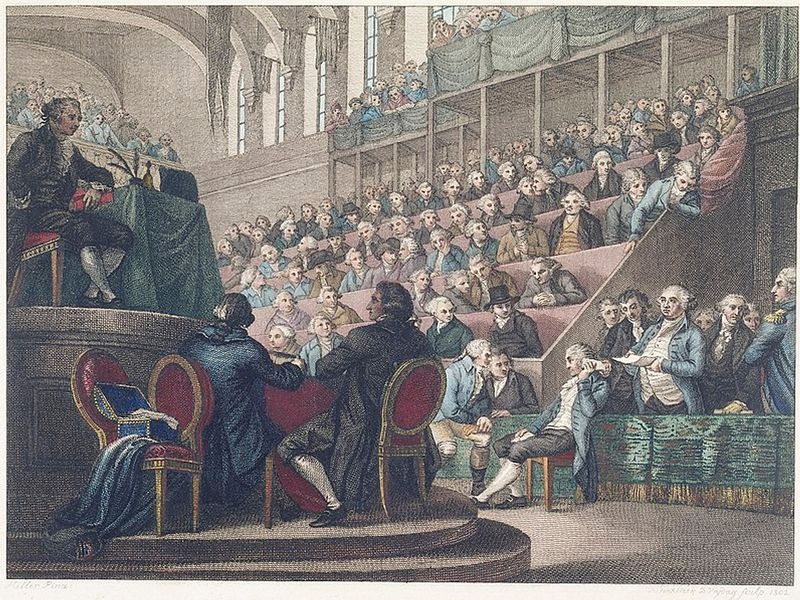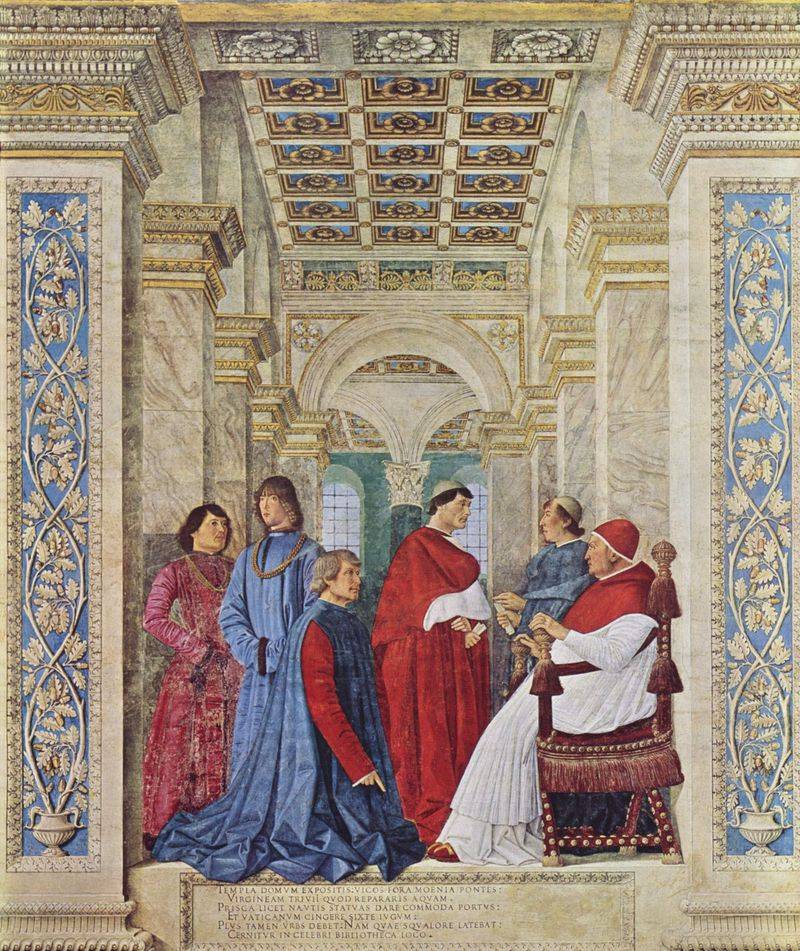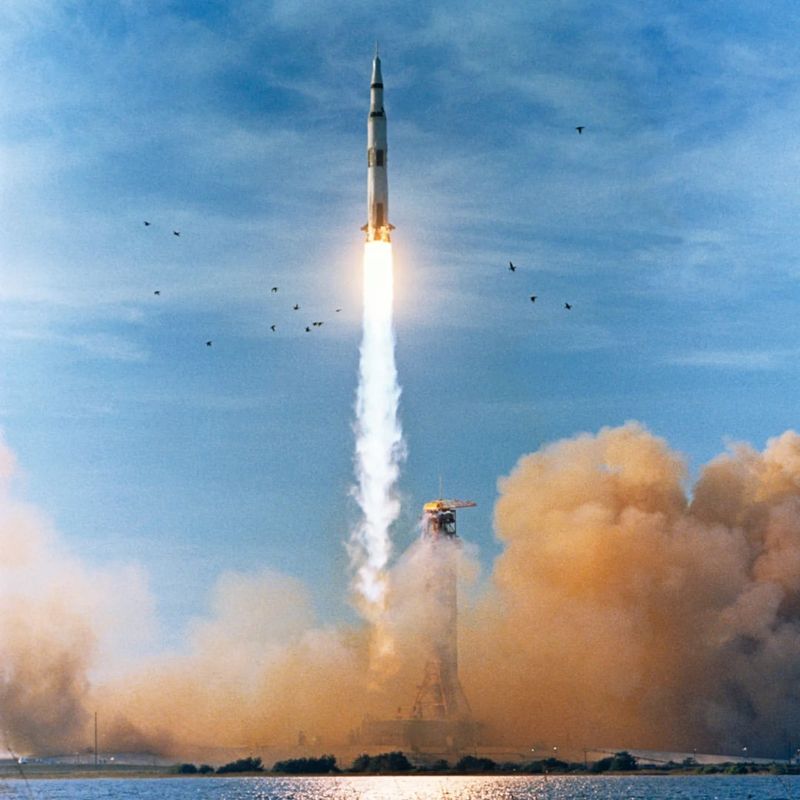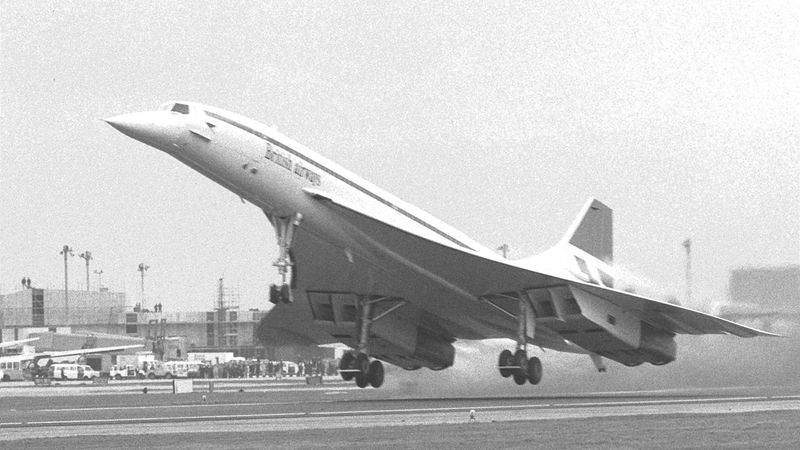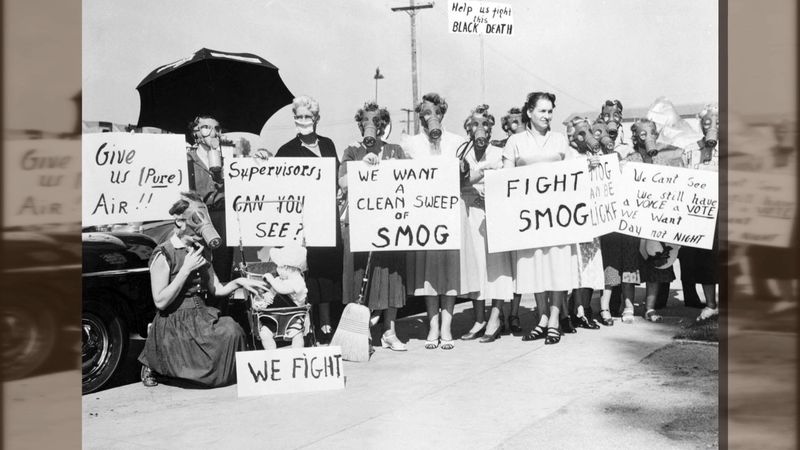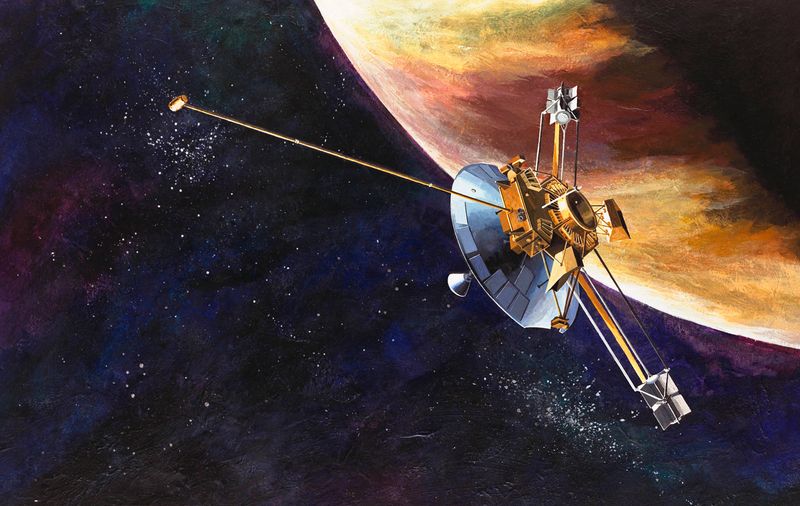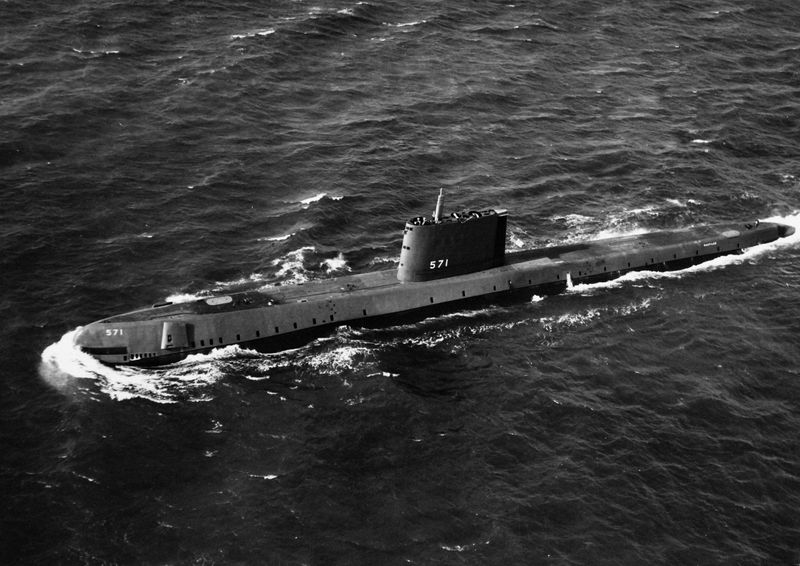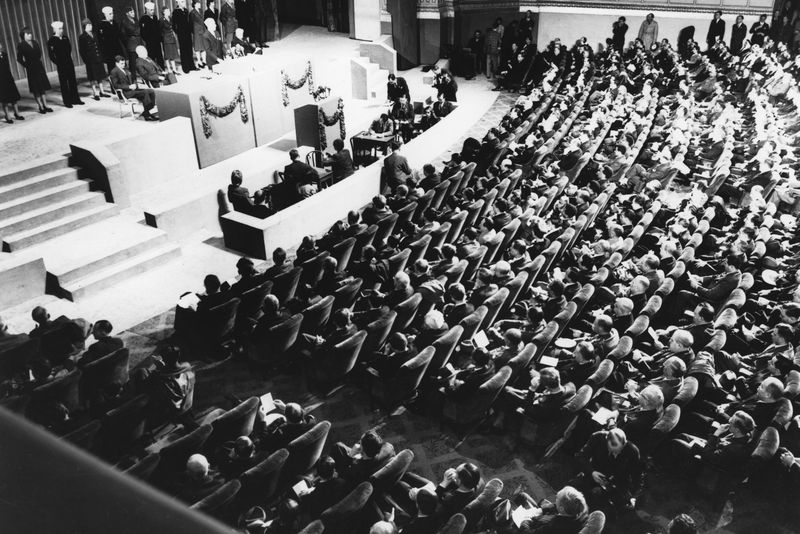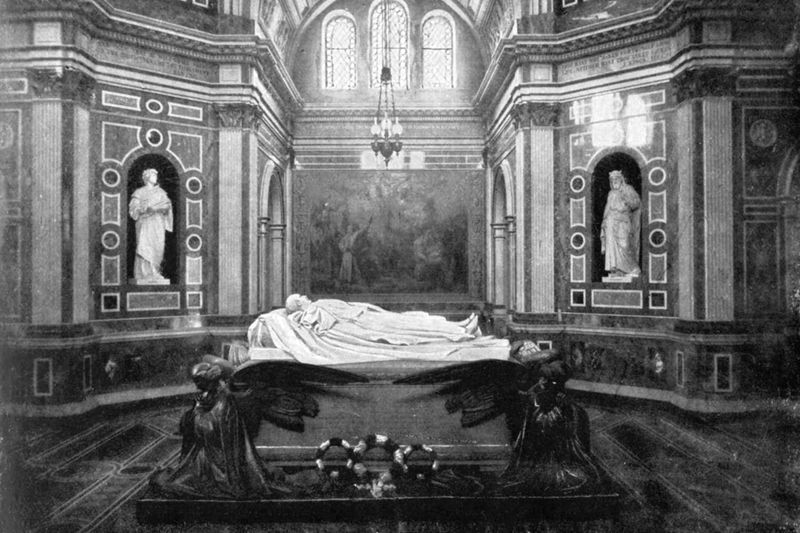January 22 stands as a significant date in history, marking events that have shaped the world we know today. From pivotal battles to groundbreaking discoveries, this day has witnessed moments of triumph and tragedy that continue to influence our lives.
Join us as we explore 25 historic events that occurred on this date, each leaving a lasting impact on the course of history.
1. The Battle of Badajoz (1812)
The Battle of Badajoz on January 22, 1812, was a significant event during the Peninsular War. This battle took place in Badajoz, a city in Spain, where British and Portuguese forces besieged the French-held garrison.
The siege was brutal, marked by fierce fighting and heavy casualties on both sides. It demonstrated the determination and resilience of the Allied forces against Napoleonic France.
The fall of Badajoz was a turning point in the Peninsular War, weakening French control in Spain. The victory boosted morale among the Allies, proving that Napoleon’s forces were not invincible. This battle remains a study in military strategy.
2. Queen Victoria’s Wedding (1840)
On January 22, 1840, Queen Victoria married Prince Albert of Saxe-Coburg and Gotha in a grand ceremony.
This union was not just a royal affair but a political alliance strengthening ties between Britain and Germany. Queen Victoria, only 20 years old at the time, had a deep affection for Albert.
Their marriage set a new standard for royal weddings, emphasizing love and partnership. It also influenced fashion, with Victoria’s white wedding dress becoming a timeless bridal trend.
The couple’s relationship inspired the nation, ushering in an era of domestic harmony and cultural prosperity known as the Victorian Era.
3. The Roe v. Wade Decision (1973)
On January 22, 1973, the U.S. Supreme Court delivered its landmark decision in Roe v. Wade, affirming a woman’s constitutional right to choose an abortion. This ruling was a pivotal moment in reproductive rights, sparking nationwide debate and division.
The decision granted women greater autonomy over their bodies, reshaping societal views on privacy and healthcare. It also mobilized both pro-choice and pro-life movements, leading to ongoing legal and political battles.
Roe v. Wade remains a cornerstone of reproductive freedom, influencing legislation and public discourse for decades. Its impact continues to resonate in the United States and beyond.
4. Apple’s Macintosh Launch (1984)
On January 22, 1984, Apple Computer launched the Macintosh, revolutionizing the personal computing industry. Unveiled with a famous Super Bowl commercial, the Macintosh introduced a graphical user interface and mouse, making computers more accessible.
This innovation marked a departure from text-based command systems, influencing future software design. Steve Jobs, co-founder of Apple, played a key role in this launch, showcasing his vision for user-friendly technology.
The Macintosh’s release set the stage for Apple’s growth and dominance in the tech industry. It remains a symbol of innovation, inspiring generations of tech enthusiasts and developers.
5. The Paris Peace Accords (1973)
On January 22, 1973, the Paris Peace Accords were signed, marking the end of U.S. involvement in the Vietnam War. This agreement aimed to establish peace in Vietnam and restore political stability. The signing brought hope for reconciliation, though challenges persisted.
The accords involved the United States, North Vietnam, South Vietnam, and the Viet Cong. Despite initial optimism, violations and conflict continued in Vietnam.
The accords symbolized a shift in U.S. foreign policy, highlighting the complexities of international diplomacy. The Vietnam War’s legacy endures, prompting reflection on military intervention and peace efforts.
6. Formation of the Royal Air Force (1918)
On January 22, 1918, the Royal Air Force (RAF) was established, transforming military aviation.
This formation merged the Royal Flying Corps and the Royal Naval Air Service, creating a unified air force for Britain. The RAF’s creation marked a significant development in warfare strategies.
The RAF played a crucial role in World War I, showcasing the potential of air power in combat. With advancements in aircraft technology and tactics, the RAF set standards for future air forces worldwide.
Its legacy continues as a vital component of national defense, demonstrating the enduring importance of air superiority in modern warfare.
7. The Signing of the Treaty of Paris (1783)
The Treaty of Paris, signed on January 22, 1783, officially ended the American Revolutionary War. This significant treaty marked the recognition of American independence by Britain.
The negotiations took place in Paris, involving American representatives and British officials.
The treaty established boundaries for the new nation and addressed issues like fishing rights and the restoration of property. It symbolized a new era for the United States, fostering growth and expansion.
The Treaty of Paris remains a cornerstone of American history, shaping the nation’s diplomatic relationships and its journey towards becoming a global power.
8. The Panama Canal Treaties (1978)
On January 22, 1978, the United States and Panama ratified the Panama Canal Treaties, transferring control of the canal to Panama. This agreement marked a significant shift in U.S.-Panama relations and addressed longstanding sovereignty issues.
The treaties outlined a gradual transfer process, culminating in Panama taking full control in 1999. The Panama Canal, a crucial maritime route, facilitated global trade and economic development.
The agreement underscored the importance of diplomacy and cooperation between nations. Today, the Panama Canal remains vital to international shipping, contributing to Panama’s economy and global commerce.
9. The Discovery of Gold in California (1848)
On January 22, 1848, James W. Marshall discovered gold at Sutter’s Mill in California, sparking the California Gold Rush. This discovery attracted hundreds of thousands of prospectors, known as “forty-niners,” seeking fortune in the West.
The Gold Rush transformed California’s economy and demographics, leading to statehood in 1850. It accelerated westward expansion, impacting Native American communities and the environment.
The Gold Rush remains a symbol of adventure and opportunity, shaping California’s identity as a land of prosperity. Its legacy endures in American culture, inspiring stories of ambition and exploration.
10. The Formation of the League of Nations (1920)
On January 22, 1920, the League of Nations was established, marking the first international organization aimed at maintaining world peace. Formed in the aftermath of World War I, it sought to prevent future conflicts through diplomacy and cooperation.
The League’s founding members included major world powers, though notable absences weakened its influence. Despite its limitations, the League laid the groundwork for future international organizations, including the United Nations.
Its formation highlighted the necessity of global collaboration in addressing international issues. The League’s legacy continues to inform efforts towards peace and security worldwide.
11. The Birth of Lord Byron (1788)
On January 22, 1788, the renowned Romantic poet Lord Byron was born in London, England. Byron became a leading figure in the Romantic Movement, known for his passionate and dramatic works.
His poetry, including famous pieces like “Childe Harold’s Pilgrimage,” captivated audiences with its emotional intensity.
Byron’s life was marked by scandal and adventure, influencing his literary creations. His contributions to literature extended beyond poetry, impacting the broader cultural landscape.
Today, Byron’s legacy endures, inspiring writers and artists worldwide. His life and works continue to resonate, reflecting the enduring power of Romanticism in art and literature.
12. The Capture of Kaskaskia (1778)
On January 22, 1778, American forces led by George Rogers Clark captured Kaskaskia, a strategic frontier settlement during the American Revolutionary War. This victory was pivotal in securing the Illinois Country for the American cause.
The capture demonstrated the effectiveness of unconventional warfare and bolstered American morale. It disrupted British control in the region, facilitating further military successes.
Kaskaskia’s capture underscored the importance of territorial gains in the Revolutionary War, contributing to the eventual American victory. This event remains a testament to the strategic ingenuity and resilience of the American forces.
13. The Trial of Louis XVI (1793)
On January 22, 1793, King Louis XVI of France was put on trial during the French Revolution. His trial was a significant moment in the revolution, symbolizing the shift from monarchy to republicanism.
The trial ended with Louis XVI’s execution, marking the end of absolute monarchy in France.
This event underscored the tensions and radical changes occurring in France during this period. It also signaled a broader movement towards republicanism across Europe.
The trial and execution of Louis XVI remain pivotal moments in history, reflecting the revolutionary spirit and desire for political change.
14. The Opening of the Vatican Archives (1881)
On January 22, 1881, Pope Leo XIII opened the Vatican Secret Archives to scholars, marking a significant moment in historical research. The archives, previously restricted, contained a wealth of documents spanning centuries of church history.
This decision allowed historians unprecedented access to primary sources, shedding light on the church’s past and its role in global affairs.
The opening of the Vatican Archives contributed to advancements in historical scholarship, fostering a deeper understanding of religious and political history.
The archives continue to be a valuable resource for researchers, offering insights into the papacy and its influence throughout history.
15. The Launch of Apollo 5 (1968)
On January 22, 1968, NASA launched Apollo 5, an unmanned mission testing the Lunar Module for the Apollo program. The launch from Cape Canaveral marked a crucial step in the journey to land humans on the Moon.
Apollo 5 successfully demonstrated the Lunar Module’s propulsion and guidance systems, paving the way for future manned missions.
This mission exemplified the innovative spirit of the space race, showcasing technological advancements and international competition.
Apollo 5 contributed to NASA’s eventual success in landing astronauts on the Moon, symbolizing human ambition and exploration beyond Earth.
16. The Establishment of the International Court of Justice (1946)
On January 22, 1946, the International Court of Justice (ICJ) was established, serving as the principal judicial organ of the United Nations. The ICJ aims to resolve disputes between states and promote international law and justice.
Located in The Hague, the ICJ plays a critical role in maintaining global peace and security. Its establishment marked a milestone in international cooperation, reflecting a commitment to peaceful conflict resolution.
The ICJ continues to adjudicate significant cases, shaping the development of international law. Its existence underscores the importance of legal frameworks in addressing global challenges and fostering diplomatic solutions.
17. The First Commercial Concorde Flight (1976)
On January 22, 1976, the Concorde made its first commercial flight, revolutionizing air travel with its supersonic speed. The inaugural flights were operated by British Airways and Air France, marking a new era in aviation.
The Concorde’s development was a collaborative effort between British and French engineers, showcasing innovation and technological prowess. It offered passengers a unique experience, reducing transatlantic flight times significantly.
While the Concorde’s service eventually ended, it remains an icon of aviation history, symbolizing the pursuit of speed and luxury. Its legacy inspires ongoing advancements in aerospace technology and design.
18. The Founding of the Sierra Club (1892)
On January 22, 1892, the Sierra Club was founded by John Muir and fellow conservationists in California. This organization became a leading advocate for environmental preservation and activism in the United States.
The Sierra Club played a crucial role in protecting natural landscapes, promoting national parks, and advocating for sustainable policies. Its founding marked the beginning of organized environmentalism, inspiring generations to prioritize conservation.
Today, the Sierra Club continues to champion environmental causes, addressing challenges like climate change and biodiversity loss. Its legacy underscores the importance of collective action in preserving the planet for future generations.
19. The Introduction of the Clean Air Act (1963)
On January 22, 1963, the United States introduced the Clean Air Act, a landmark piece of environmental legislation. This act aimed to regulate air pollution and improve air quality, addressing growing concerns about environmental health.
The Clean Air Act set standards for emissions from industries and vehicles, pioneering efforts to combat pollution. It represented a significant step towards environmental protection and public health.
The act’s introduction marked a shift in national priorities, emphasizing the need for sustainable development. Today, the Clean Air Act remains a cornerstone of environmental policy, shaping efforts to mitigate climate change and protect natural resources.
20. The Launch of the Pioneer 10 (1972)
On January 22, 1972, NASA launched Pioneer 10, a space probe destined for deep space exploration. This mission marked the first spacecraft to travel through the asteroid belt and make a close approach to Jupiter.
Pioneer 10 transmitted valuable data about Jupiter’s atmosphere and magnetic field, contributing to our understanding of the solar system. Its successful journey paved the way for future interplanetary missions, showcasing human ingenuity and curiosity.
Pioneer 10’s legacy endures, symbolizing the spirit of exploration and the quest to uncover the mysteries of the cosmos. Its achievements continue to inspire scientific discovery and innovation.
21. The Introduction of the First Nuclear-Powered Submarine (1954)
On January 22, 1954, the USS Nautilus, the world’s first nuclear-powered submarine, was launched by the United States Navy. This breakthrough represented a significant advancement in naval technology and military capabilities.
The Nautilus could travel submerged for extended periods, increasing stealth and operational range. Its introduction marked a new era in submarine warfare, influencing naval strategies worldwide.
The Nautilus demonstrated the potential of nuclear propulsion, leading to further developments in military and civilian nuclear technology. Its legacy remains a testament to innovation and the pursuit of technological superiority in defense.
22. The Founding of the United Nations (1945)
On January 22, 1945, representatives from 50 nations met in San Francisco to draft the United Nations Charter. This gathering marked the founding of the United Nations, an organization dedicated to maintaining international peace and security.
The UN aimed to prevent future conflicts by fostering cooperation and dialogue among nations. Its founding was a response to the devastation of World War II, reflecting a commitment to peace and human rights.
Today, the UN plays a vital role in addressing global challenges, from humanitarian crises to climate change. Its legacy underscores the importance of collaboration in building a better world.
23. The Signing of the Maastricht Treaty (1992)
On January 22, 1992, the Maastricht Treaty was signed, laying the foundation for the European Union. This treaty marked a significant step towards European integration, establishing the euro and enhancing political cooperation.
The Maastricht Treaty created a framework for economic and monetary union, fostering stability and growth in Europe. It represented a commitment to shared values and collective progress among member states.
The treaty’s signing marked the beginning of a new chapter in European history, emphasizing unity and cooperation. Today, the EU remains a testament to the power of collaboration in addressing regional and global challenges.
24. The Death of Queen Victoria (1901)
On January 22, 1901, Queen Victoria, the longest-reigning British monarch at the time, passed away, marking the end of the Victorian Era. Her death signified a turning point in British history, as the nation transitioned into the 20th century.
Queen Victoria’s reign was characterized by industrial progress, cultural expansion, and imperial growth. Her passing brought a period of national mourning, reflecting her influence on British society and the global stage.
The end of the Victorian Era signaled changes in political, social, and cultural landscapes. Queen Victoria’s legacy endures, shaping the modern British identity and its historical narrative.
25. The First Broadcast of BBC Television (1927)
On January 22, 1927, the British Broadcasting Corporation (BBC) conducted its first public television broadcast. This historic event marked the beginning of television as a mass communication medium in the United Kingdom.
The broadcast showcased the potential of television technology to inform and entertain audiences. It paved the way for future advancements in broadcasting, influencing media consumption patterns worldwide.
The BBC’s pioneering efforts in television set standards for quality programming and public service broadcasting. Today, the BBC remains a leading media institution, reflecting its enduring impact on global media and cultural landscapes.
